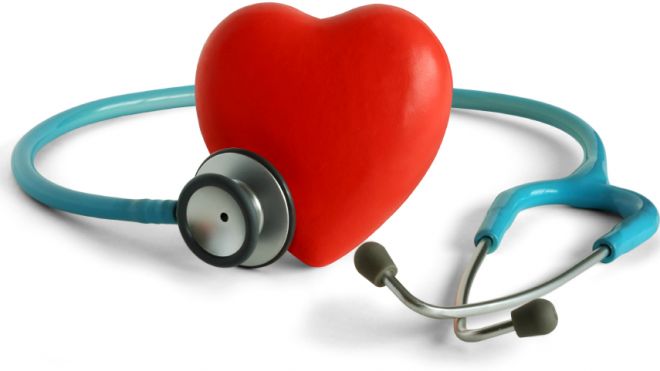
Summer’s right around the corner and as the weather warms up and your kids get ready for endless days at the beach, pool and park, keeping them healthy is your top priority. Find out how to prevent and treat the most common ailments so your kids will be healthy all summer long. Sunburn According to the Skin Cancer Foundation, one blistering sunburn before the age of 18 doubles your child’s chances of developing melanoma—the deadliest form of skin cancer—later on in life. “The most important thing is prevention,” said Dr. Gary Goldenberg, medical director of the dermatology faculty practice at Mount Sinai Medical Center in New York City.  Goldenberg recommended checking the UV index to find out what your your risk for sunburn is. “It’s not enough to just look outside and say, ‘It’s hot, but it’s cloudy so the chance of sunburn is low,’” he said. Thirty minutes before heading outdoors, apply a broad-spectrum sunscreen with an SPF of 50. Since the FDA doesn’t measure higher numbers, you might be getting an SPF 50 anyway, Goldenberg said. Be sure to reapply every time your kid comes out of the water and every few hours. Keep your kid in the shade when possible, and dress him in clothing with UPF protection. If your kid does get a sunburn, Vaseline, aloe or Aquaphor can help to ease discomfort. If the burn is severe, a pediatrician might prescribe a topical or oral steroid. Poison ivy, oak, sumac If your kid comes into contact with any of these plants—through skin or clothing—the potent oil urushiol can cause a rash of linear streaks or blisters that is extremely itchy. Depending on how much your child has been exposed to, the rash can show up right away on one part of the body and then on another a few days later, Goldenberg said.  Plus, scratching the rash can help transfer it to another part of the body. Applying calamine lotion or hydrocortisone cream is usually the best way to treat the rash, yet sometimes a topical or oral steroid might be needed. Be sure to wash your child’s clothing several times in hot water, because the oil can live on clothing for months, according to Dr. JJ Levenstein, a retired, board certified pediatrician and founder MDMoms.com The best way to prevent getting this nasty rash? Follow the old saying: Leaves of three, let it be. Mosquito bites These little bugs, which start to emerge as the sun sets, can be super itchy when they bite. Long sleeves and pants are best to keep them at bay, but if it’s too hot outside, a bug spray with DEET is most effective.  A word of caution: Since DEET has been shown to be toxic to the central nervous system, experts agree it shouldn’t be used on young children.  Apply DEET carefully so your child doesn’t inhale it, and be sure to bathe him or her before bedtime. Hydrocortisone is usually the best way to treat mosquito bites, although your pediatrician might prescribe a topical steroid. Bee stings A bee sting might hurt, but in some kids, it can cause an allergic reaction known as anaphylaxis, which can cause the airways to close. If your kid has been stung and he or she is having trouble breathing, go to the emergency room immediately. If you notice the welt getting larger and larger after each bee sting, speak with his or her pediatrician about carrying an EpiPen, Goldenberg said. Protective clothing, repellent sprays and staying away from bees are the best prevention. Ticks If your kid will be walking through wooded areas or through tall grasses, a tick could possibly latch onto his or her skin, putting them at risk for Lyme disease.  This condition is most common among children ages 5 to 14, according to the Centers for Disease Control and Prevention (CDC). Tucking pants into socks, hair into hats and wearing long sleeves can help. Be sure to check your kid from head to toe for ticks, because the sooner you catch one, the easier it is to remove. If you’re unable to remove it, your child’s pediatrician might run some tests and prescribe antibiotics. Dehydration and heat stroke If your child doesn’t drink enough fluids, long, hot days in the sun can spell trouble for your kid in the form of dehydration, or worse, heat stroke. “Heat stroke means that you’re overheated to a point where you actually start to become a little delirious,” said Levenstein. “Your pulse is rapid, you feel dizzy and incoherent and your core body temperature could rise above 98.6 degrees. You lose your ability to cool yourself down because you’re out of sweat.” Kids under the age of 6 should pre-hydrate 30 minutes before heading outdoors with two to three large cups of water; older kids should drink a liter of water. They should re-hydrate every 30 to 60 minutes and urinate every three to four hours.  If your kid is playing sports, every second or third drink should have electrolytes in it to replace the sodium lost through sweat.Julie Revelant is a freelance writer specializing in parenting, health, food and women's issues and a mom. Learn more about Julie at revelantwriting.com.source : http://www.foxnews.com/health/2013/05/26/how-to-keep-your-kid-healthy-this-summer/

